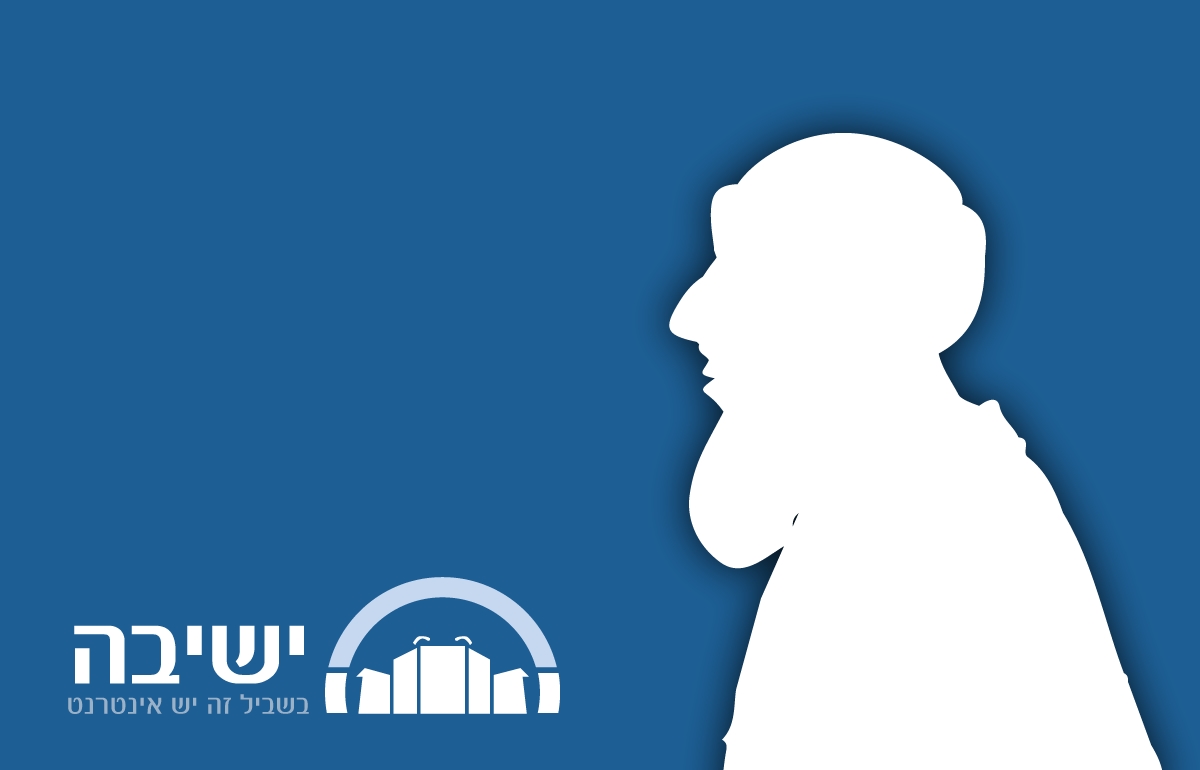145
Targum Yonatan says that it was the place of the Beit Hamikdash, and Rashi follows, saying that it was Mt. Moriah, about which the Torah writes earlier: "[Avraham] saw the makom from a distance." Chizkuni explains the words, "from the stones of the makom," from the stones of the altar on which Yitzchak was bound. Ba’al Haturim says that the mention of makom three times in one pasuk is a hint at the three times a year that the population would go for the regalim (pilgrim holidays). In contrast, the Rashbam and Radak say that this makom was a non-descript place.
Ibn Ezra reasons that since Yaakov named the site Beit El (Bereishit 28:19) and since Hashem told Yaakov upon return from Aram to make an altar in Beit El to the G-d who appeared to him when he was fleeing Eisav (Bereishit 35:1) that the makom was Beit El. Another indication is that, in alluding to the life of Yaakov, the prophet Hoshea (12:4-5) mentions Hashem speaking "to us" (Hoshea and Amos) in Beit El in a way that indicates that this was a place where He had spoken prominently in the past.
Let us try to put the Ibn Ezra’s approach in perspective. According to the Targum, Rashi, the Chizkuni, and the Ba’al Haturim, the Temple Mount was set aside as a special place of worship of Hashem already from the time of the forefathers. Ibn Ezra teaches us that even though Beit El, not Yerushalayim, was a central place at the time of the forefathers, once Yerushalayim was chosen at the time of David, all other places were disqualified from the service of sacrifices.
When Yeravam split from the House of David, even though David had been chosen for generations, Yeravam also disputed the choice of Yerushalayim as the center of service of Hashem. For that reason, he established an alternative site in, of all places, Beit El. The true prophets of the time came out strongly against this action of Yeravam, starting with the "man of G-d" who Chazal identified as Ido Hanavi (see Melachim I, ch. 12-13). Eliyahu later struggled against Chiel of Beit El, who was apparently a high-level "religious" leader in Beit El, who drew the people toward the service of the Ba’al (Melachim I, ch. 16-17). Amos also struggled with Amatzia of Beit El (see Amos 7:7-17). The aforementioned p’sukim in Hoshea connect between the history of Yaakov and the prominence of Beit El, which according to Ibn Ezra, was part of the criticism of the problematic religious establishment of Beit El.
Let us pray that the connection of all segments of our nation with Yerushalayim will grow and strengthen. Yerushalayim has the power to unify all of Am Yisrael.

Does an Elevator Require a Mezuzah?
Rabbi Yirmiyohu Kaganoff | 5770

Does an Elevator Require a Mezuzah?
Rabbi Yirmiyohu Kaganoff | 5770

Crock pot use on Shabbat
Rabbi Daniel Mann | 5772

Soaps and Cosmetics Kosher for Passover? (And a review of Pesach laws)
Rabbi Eliezer Melamed | 5575
The Sacrificial Service: Coming Close
Rabbi Moshe Leib Halberstadt | 6 Nissan 5785

Example of Shifting Gears to Build a Jewish Nation
Erev Pesach which Falls on Shabbat
Rabbi Ari Shvat | Nisan 5785

Ask the Rabbi: Erev Pesach That Falls on Shabbat
Rabbi Daniel Mann | Nisan 5785







